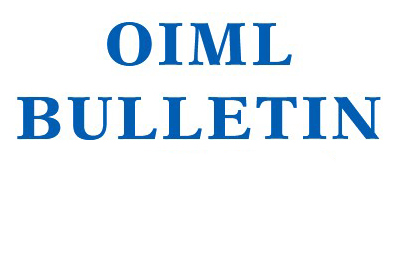Legal metrology and safety

Safety is often taken for granted, whether at home, at work or when traveling

When we eat food, drink water from a tap, switch on an electrical appliance, drive a car or take a plane, our safety depends on the enforcement of safety laws and regulations which have been drawn up and put into place by authorities, regulatory bodies and governments. Safety regulations and laws also ensure that the correct information is published on labels, packaging and instruction manuals.
Regulations may
- set tolerance levels to protect us from ingesting various kinds of harmful substances in food (e.g. heavy metals, pesticides and harmful bacteria),
- specify what materials water pipes may be made of (e.g. lead-free),
- limit the amount of electromagnetic radiation emitted by electrical appliances (e.g. kitchen appliances which generate interference on radios or television sets),
- specify motor vehicle test requirements to ensure roadworthiness (e.g. the concentration of CO in vehicle exhaust emissions).
There are virtually endless practical examples of how a ccurate measurements are vital in ensuring our safety, ranging from the compatibility of electrical equipment, control of medical devices and instruments, composition of construction materials, etc.







